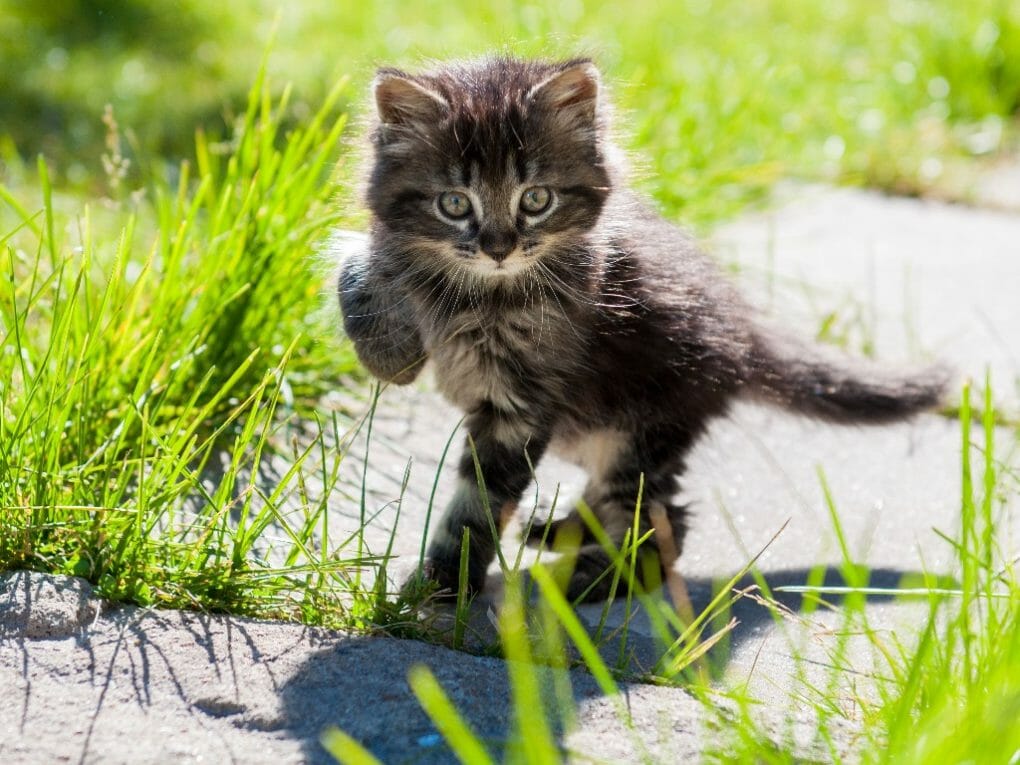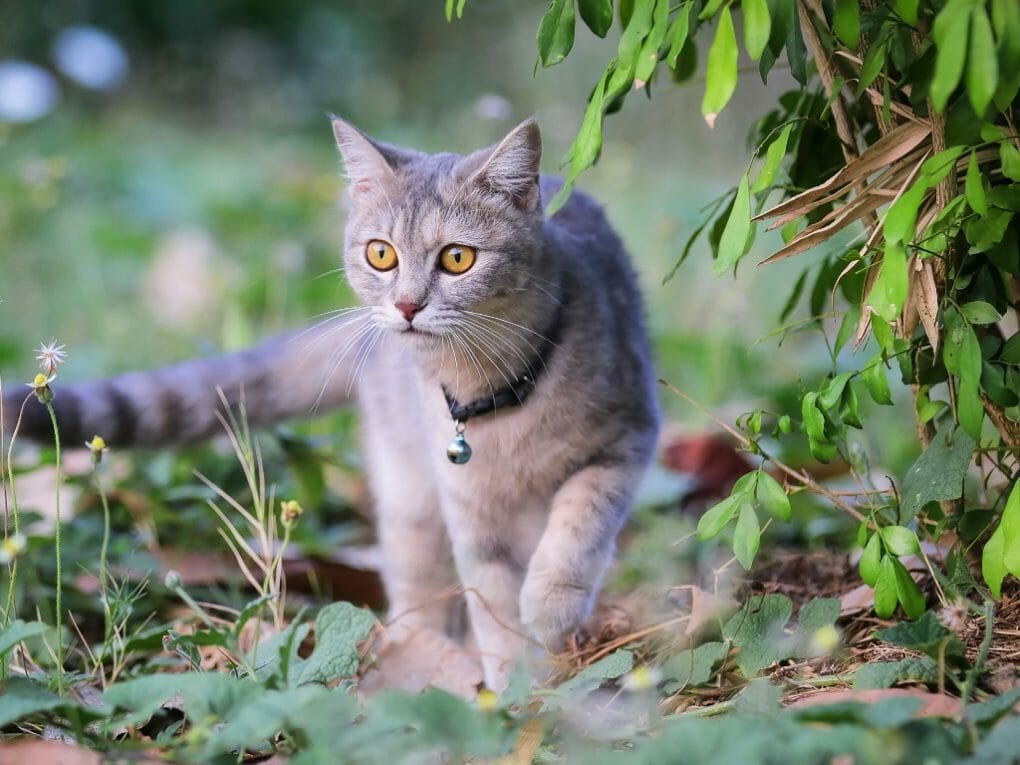How to Take Cat Out for a Walk: Tips to Roam With Your Cat Safely


When taking your cat out for a walk, always have your cat’s collar and ID tag on hand in an emergency. To make the experience more comfortable, provide plenty of food and water, and be patient while training them. And lastly, always keep a close eye on your cat while walking, as they may run away if left unsupervised.
Table of Contents
Important Safety Tips for Walking Your Cat Outside
Make Sure Your Cat Has ID Tags
It’s essential always to make sure your cat has ID tags! Finding them without proper identification can be challenging if they get lost. So keep a close eye on your cat and never leave them unsupervised – even for a minute! Cats are naturally curious and prone to breaking things, so it’s best to avoid tempting fate by leaving them unattended in high-traffic areas or with other animals.
Use a Cat Harness
A cat harness is essential if you are a cat walker who wants to be safe and secure with your pet. A harness keeps your cat close while walking and helps keep them from getting tangled in the straps. The harness comes with a leash that ensures they stay within reach even during vigorous exercise. It is made from solid, durable materials that withstand rigorous wear and tear.
Use a Cat Carrier as a Place to Retreat
A cat carrier can be a great way to keep your kitty safe and comfortable when you’re out and about. Use it as a place of refuge in bad weather or even just during times when they start getting restless. Make sure the carrier is big enough for you and your cat – once they are inside, there’s no turning back!
And remember to dress them warmly since cats naturally dislike being cold. So giving them plenty of time to adjust before taking them on their first walk will make things easier for everyone involved.
Stay Close to Home
Keeping your cat close to home is always advisable, no matter where you are. While this rule applies when walking them outside, it’s also important never to leave them alone – even for a minute. If they do get lost, don’t panic. Instead, call your vet and describe their appearance and location as accurately as possible.
Don’t Use a Retractable Leash
There are a few things you should keep in mind when it comes to using a retractable leash on your cat:
- Make sure the leash is long enough so that it doesn’t strangulate your cat and can be easily pulled if necessary.
- If your cat starts to run away, make noise and try to catch them with the leash; never leave them unsupervised outdoors – they may get into trouble or worse!
- Always keep your cat safe by using a leash when walking them outside.
Be Alert


It is important to be alert at all times when your cat is out and about. Keep a close eye on her, even if she’s taking a stroll around the block. If anything happens – like your cat getting run over or going missing – make sure to get in touch with animal services as soon as possible.
Cat Vaccines and Parasite Prevention
If your cat starts walking like a drunk while you’re taking them for a walk, it could be a sign of a potential health issue. Cats walking like drunk may indicate neurological problems, inner ear infections, or even toxic substance ingestion. It is important to seek veterinary attention promptly to determine the underlying cause and ensure the well-being of your feline companion.
Keeping your cat healthy is essential not just for their physical welfare but also for their mental well-being. Make sure to vaccinate your cat against diseases like rabies and Feline Leukemia. This will help protect them from potential health problems in the future.
Feeding a healthy diet is another way to ensure your cat has all the nutrients they need to stay strong and healthy physically and mentally. For example, appropriate nutrition can prevent many common feline ailments such as obesity, dental disease, etc.
Training a Cat to Walk on a Leash
Acquaint Your Kitty With the Harness
Getting your cat used to a harness can be challenging, but it’s essential for their safety. Start by walking her around the house and gradually increasing the distance. If she seems hesitant or scared, take it slow with the leash until she is more comfortable. Always have treats handy in case things go wrong – cats love them!
Try Fastening It
Over time, you can shorten the leash as your cat gets used to walking on one. If your cat bolts away or barks excessively, take it back to step 1 and start from scratch. To start, fasten the leash to a sturdy object and lead your cat there. When your cat is close enough, let go of the leash, and it will follow you (provided that he isn’t too familiar with other people/dogs in the area).
Practice Inside the House
Starting with the basics is a great way to build confidence. Practicing inside the house will get your cat used to seeing you walking with it. Once this has been achieved, take your cat for a walk when you are ready and make sure it’s comfortable by using a leash and praising them when they obey. Lastly, be patient, as training won’t happen overnight!
Suit Up Before Stepping Out
Preparation is vital when it comes to taking your cat for a walk. Make sure you have all the necessary gear, including a harness and leash, before you take them out for their first outing. Next, make sure they are used to being restrained by gently restraining them when they’re not paying attention.
Once this step is completed, it’s time to get moving! So keep an eye on your cat while walking – even in broad daylight – so that nothing wrong happens and both of you enjoy the experience. When things get too hectic, be prepared to stop instantly and put them back in their rightful place!
Carry Your Cat Outside


Carrying your cat around is a great way to enjoy their company and also get some exercise. Start by slowly introducing the leash onto their collar. Once they are comfortable with this, start walking around and give them treats while you’re at it! Be patient – cats learn fast when they are interested in something!
